Ingress Protection (Ip) Rating
Sony WF 1000XM4
IPX4
JLab Go Air IP44
IP ratings refer to the rank of protection offered by a casing, against solids and water. In the format of IPXX, 'X' represents a number The first value of the IP rating represents protection against solids such as dust, while the second refers to protection against liquids (sweat).
Having a value of IP44, the JLab Go Air's rating is read as, the first number of 4 denotes that they are protected against objects greater than 1.0mm such as wire, and the second value of 4 means that they can withstand low pressure spray similar to that of a shower head when tilted at 180° for 10 minutes.
In comparison to the JLab Go Air, Sony WF 1000XM4 have a rating of IPX4 meaning that
no data available to specify a protection rating
and that of liquids is that,
they both have the same rating against liquids
Weight
Sony WF 1000XM4
7.1g
JLab Go Air 10g
JLab Go Air have a weight of 10g . We prefer a lower weight best because lighter devices are more comfortable to move with.
The Sony WF 1000XM4, at 7.1g
weigh less than the JLab Go Air with a difference -2.9g
Has No Wires Or Cables
Sony WF 1000XM4
✓
JLab Go Air ✓
True wireless devices have no wires linking any part of the device together, JLab Go Air are true wireless for this matter since they don't have cables. This is a major distinction since wireless earbuds have cables connecting the two earbuds .
Sony WF 1000XM4 also is true wireless since it has no cables connecting the pair of earbuds together.
Sweat Resistance
Sony WF 1000XM4
✓
JLab Go Air ✓
JLab Go Air are resistant to sweat
Sony WF 1000XM4's resistance to sweat makes both devices fit for use while doing sports such as long-distance running, marathons, cardio sweat workouts , etc
Has Stereo Speakers
Sony WF 1000XM4
✓
JLab Go Air ✓
JLab Go Air have stereo speakers, devices with stereo speakers deliver sound from separate channels on both left and right sides, this creates a richer sound and a better listening experience.
The Sony WF 1000XM4 also have stereo speakers
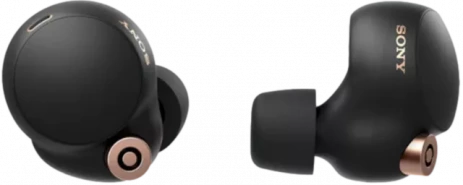
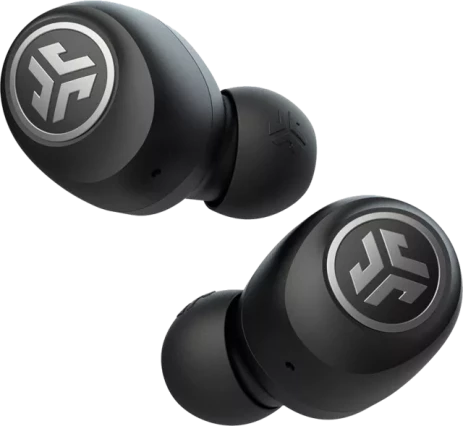
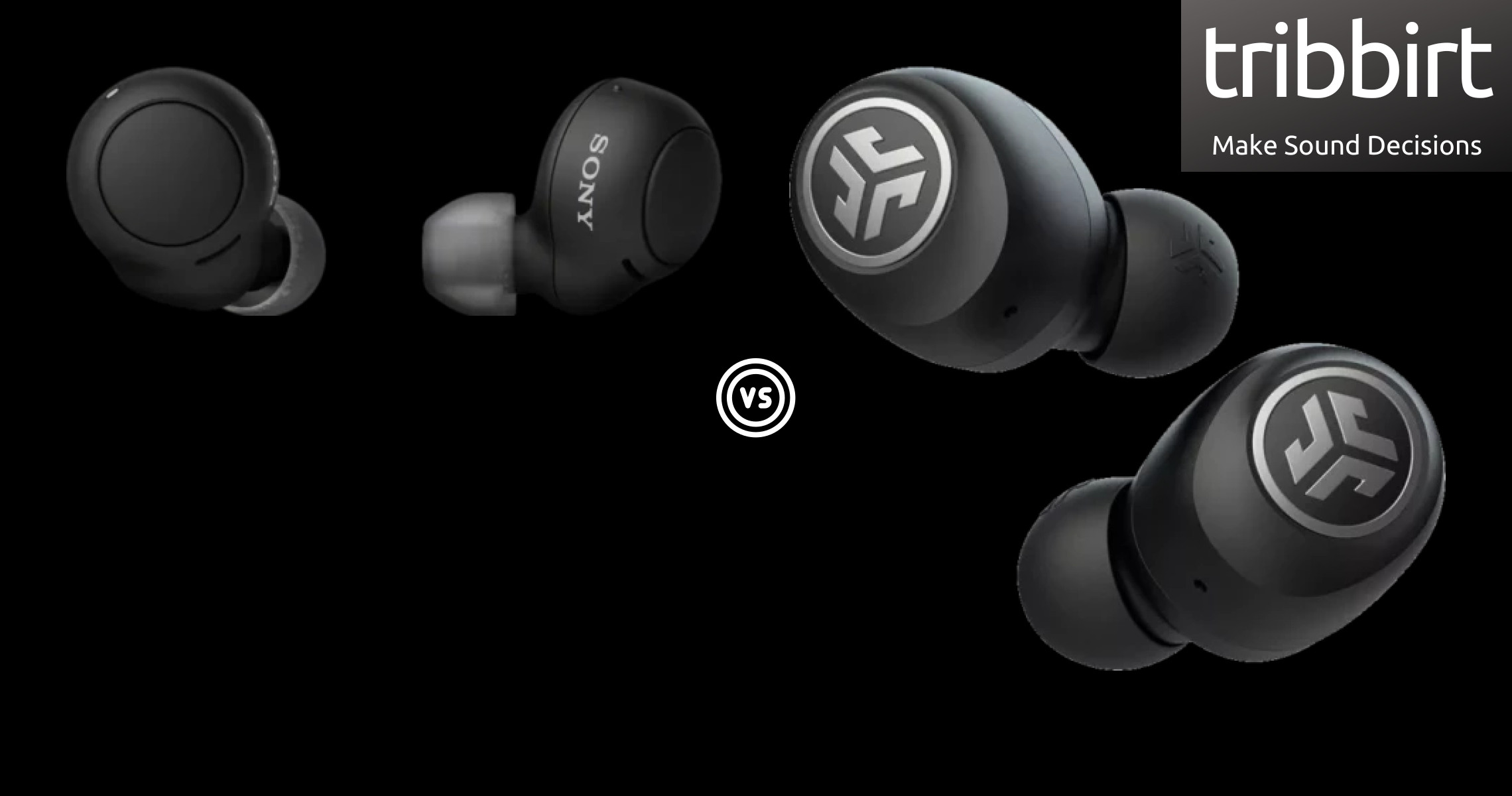
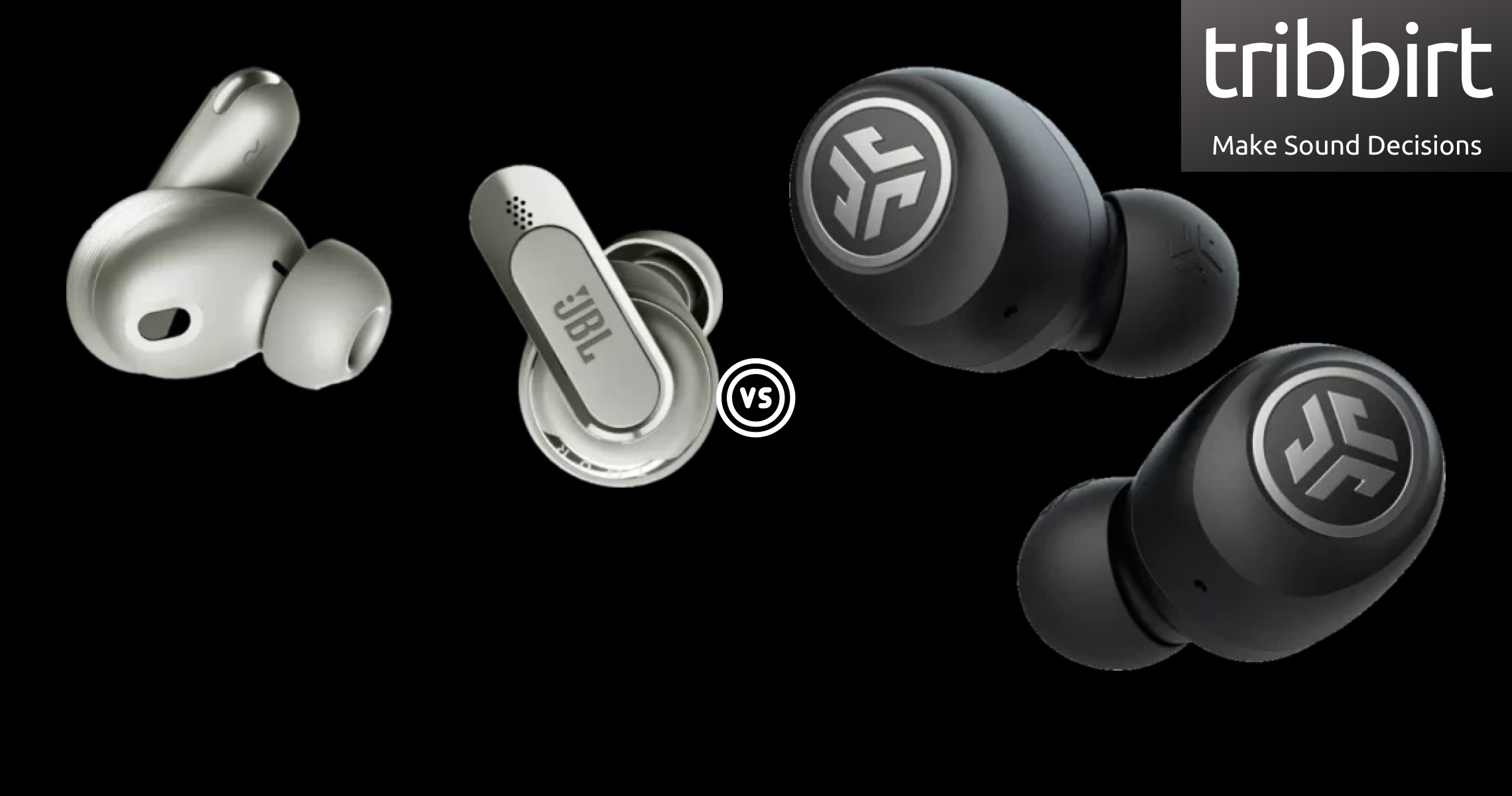
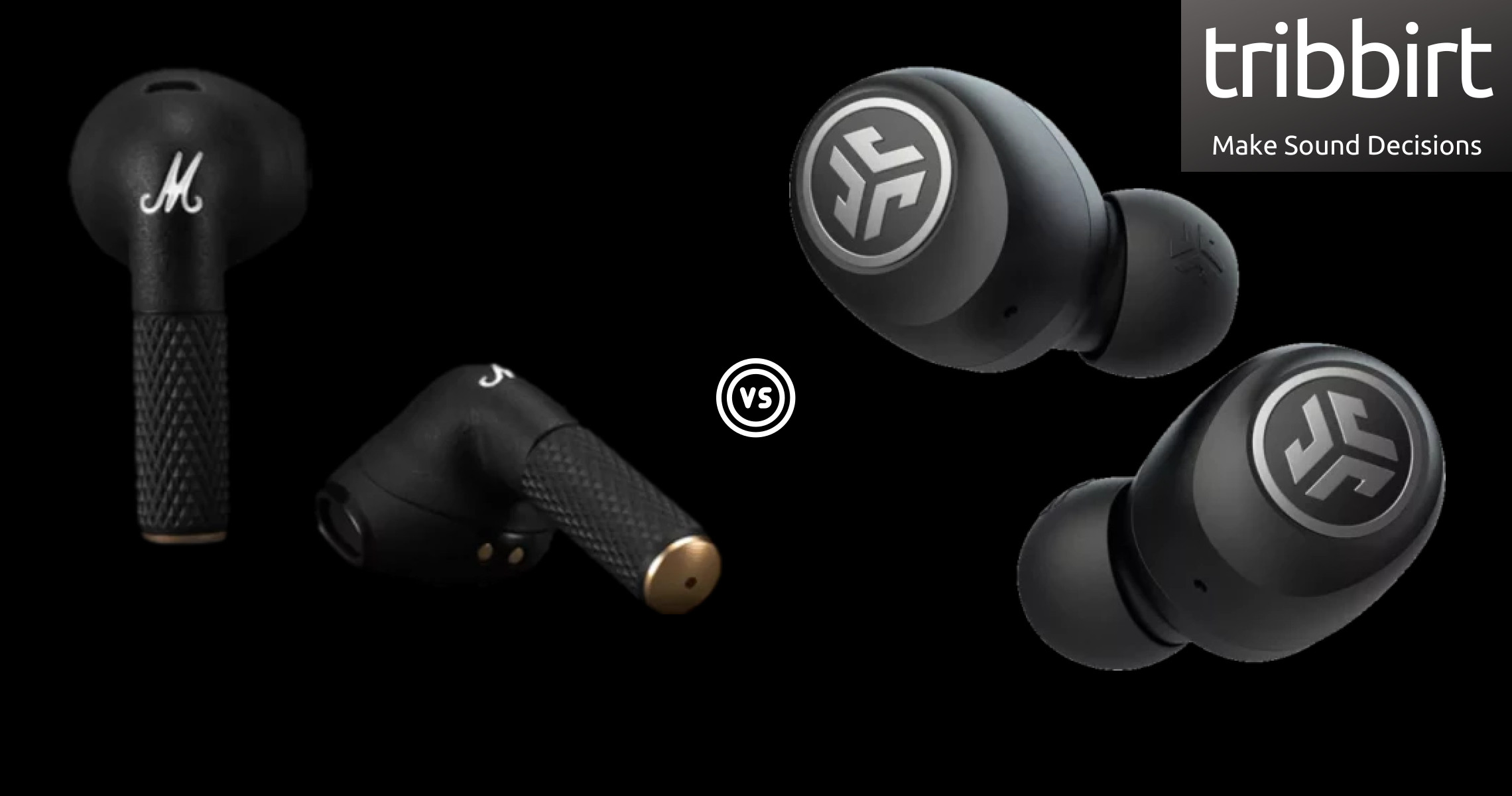
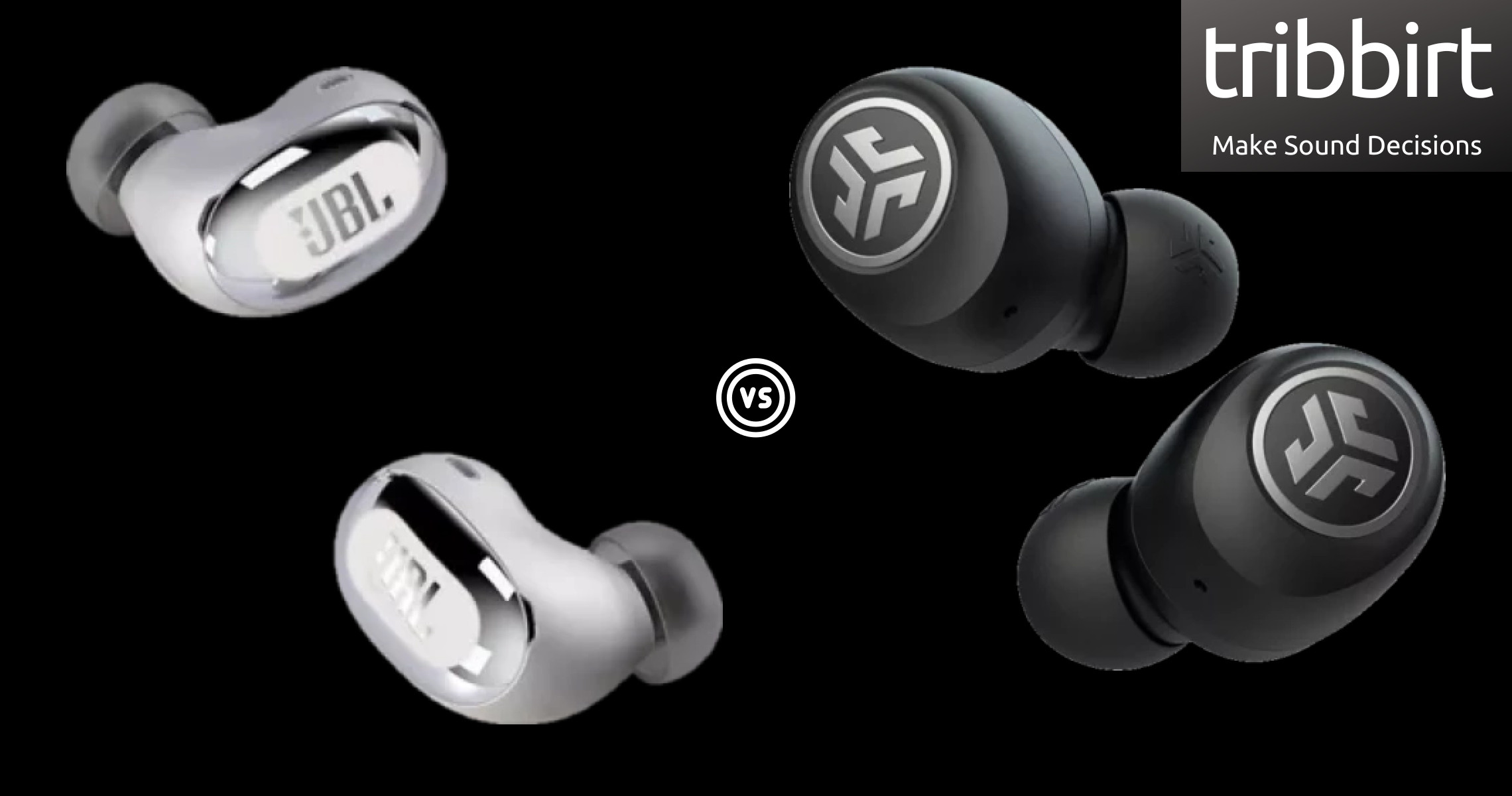
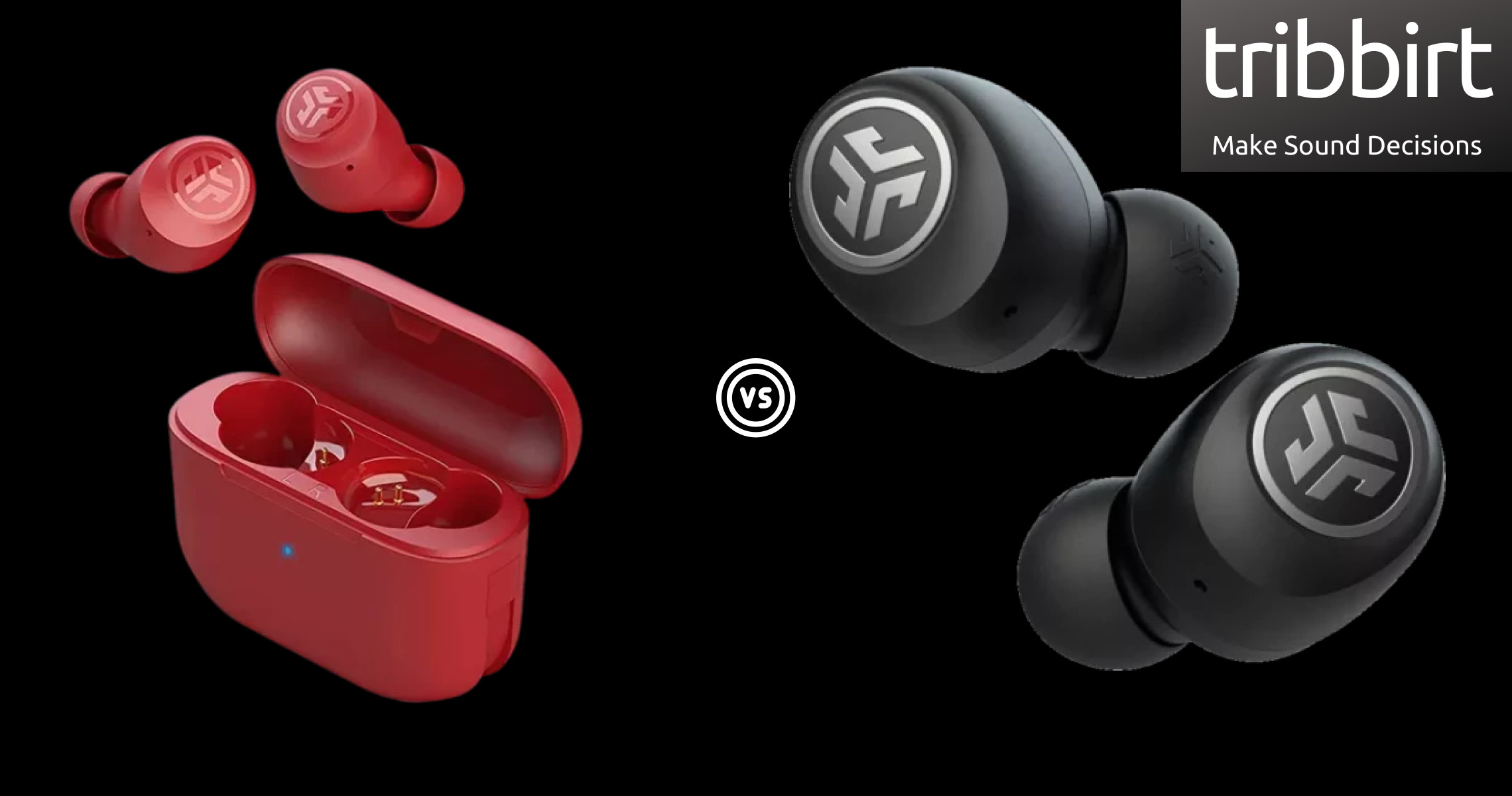
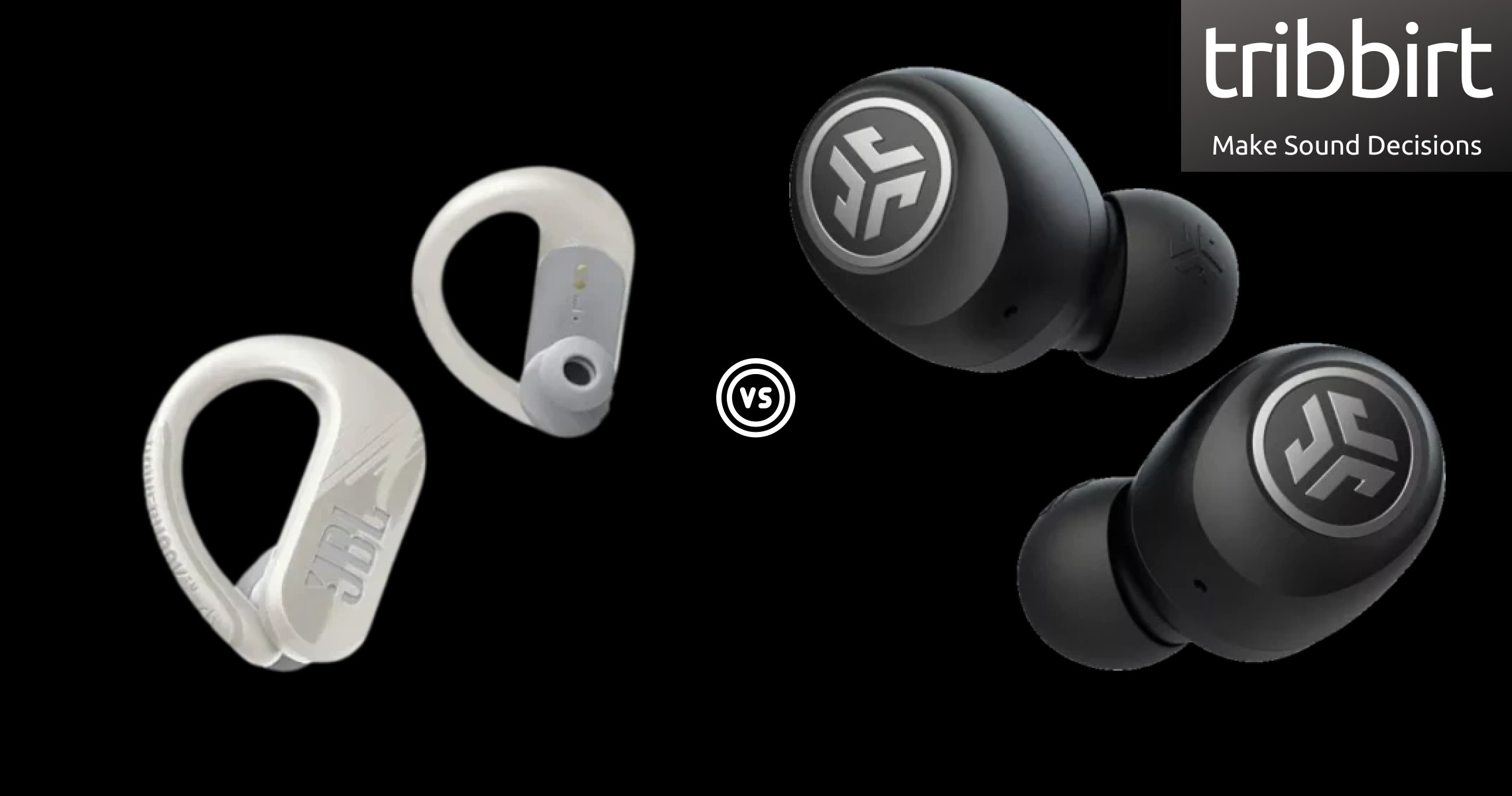
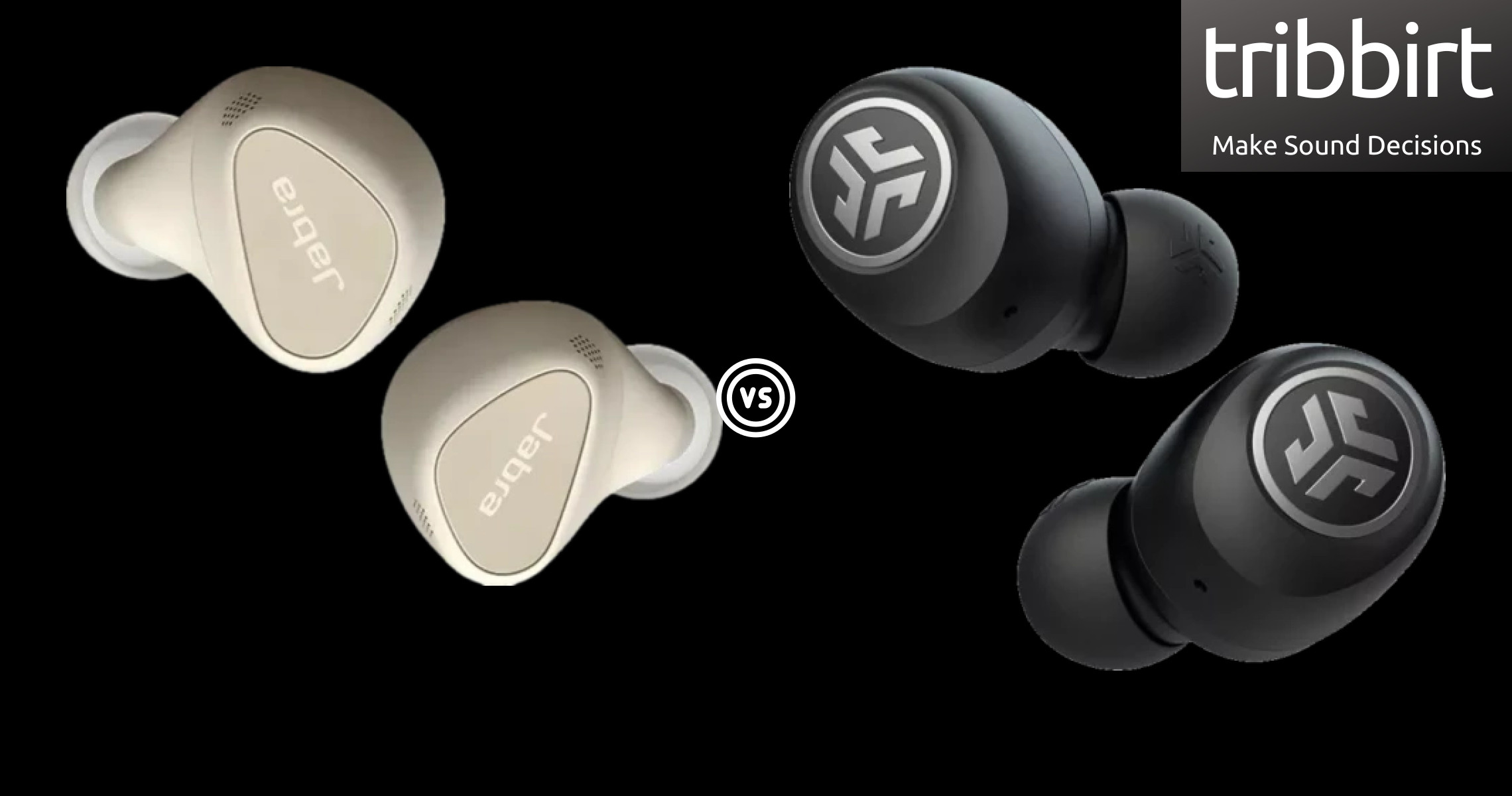
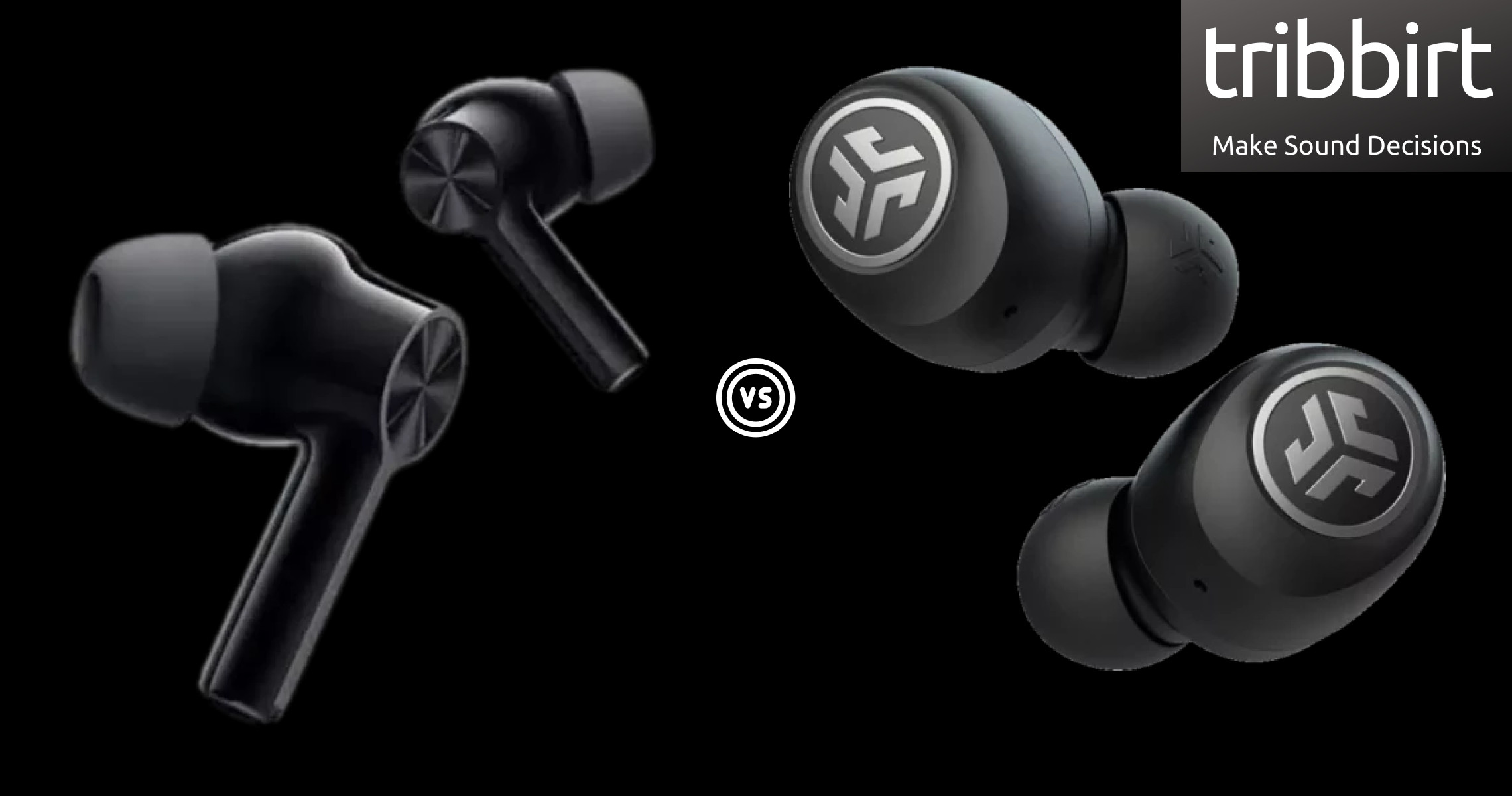
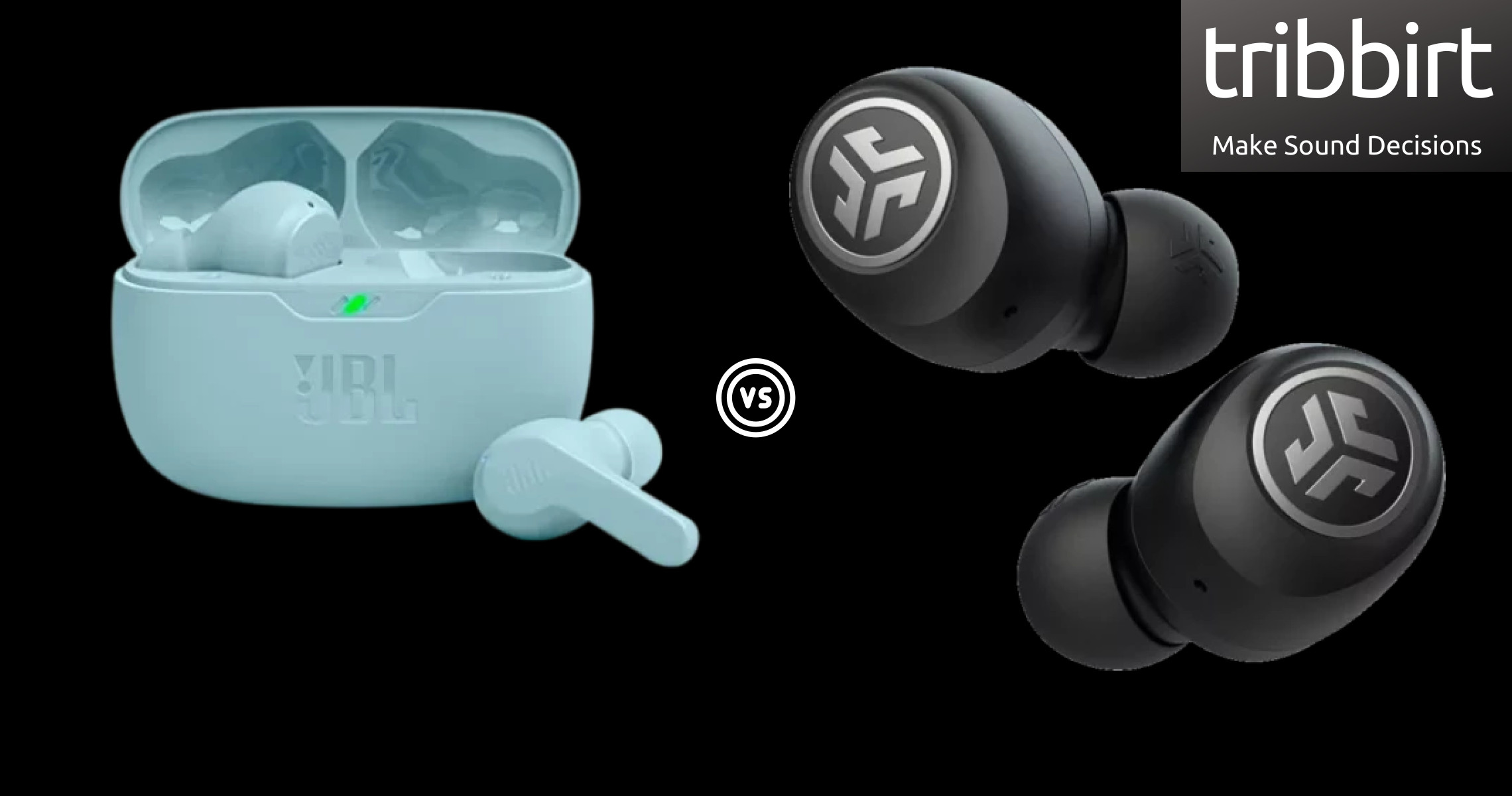
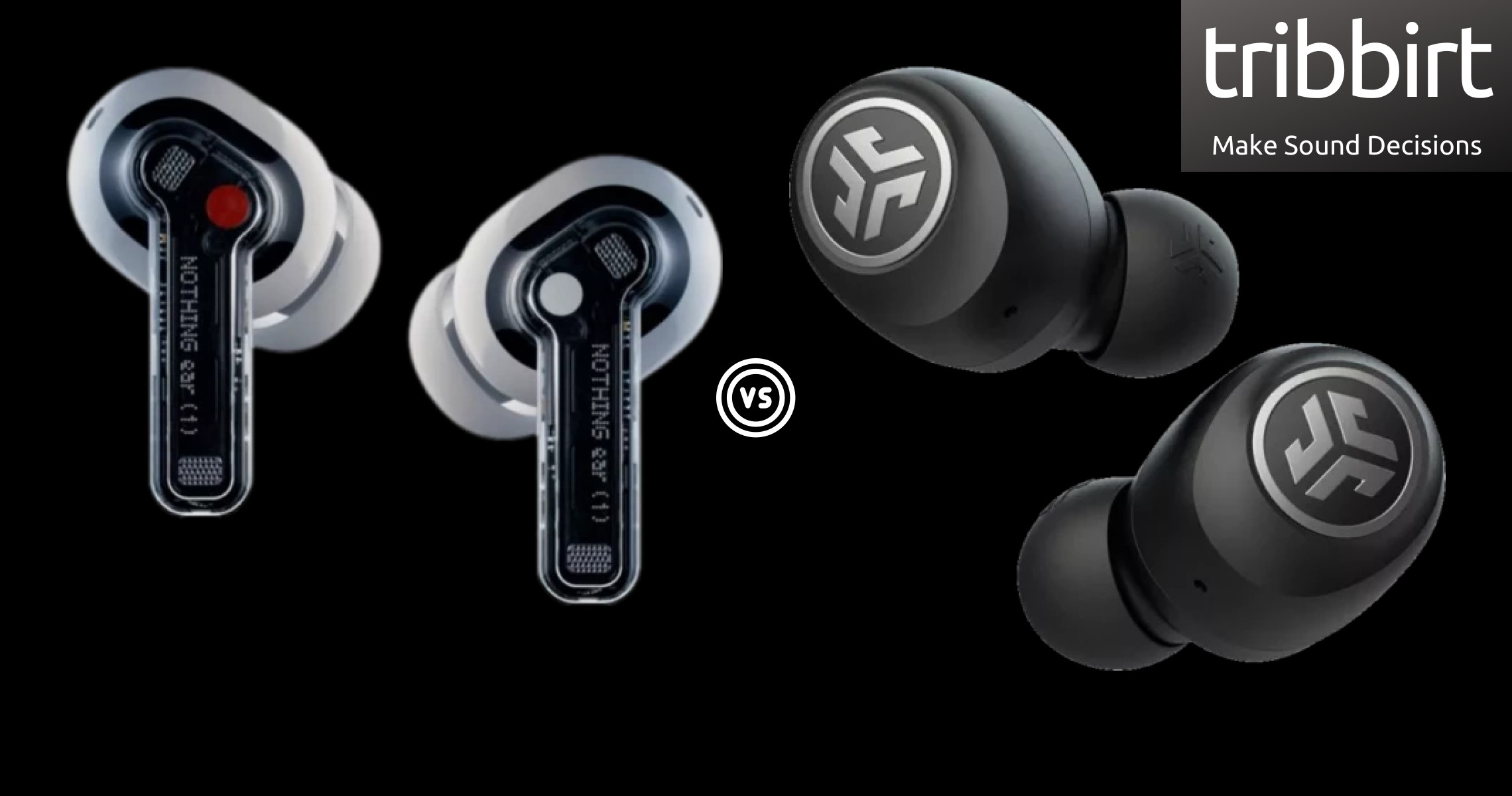


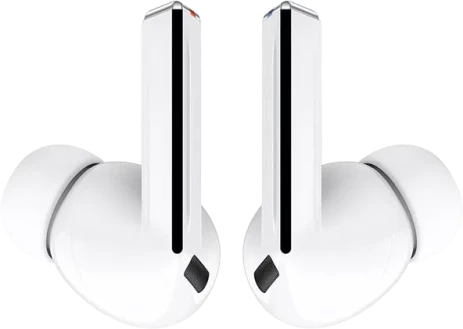 Samsung Galaxy Buds3 Vs. Jlab Go Air Review
Samsung Galaxy Buds3 Vs. Jlab Go Air Review
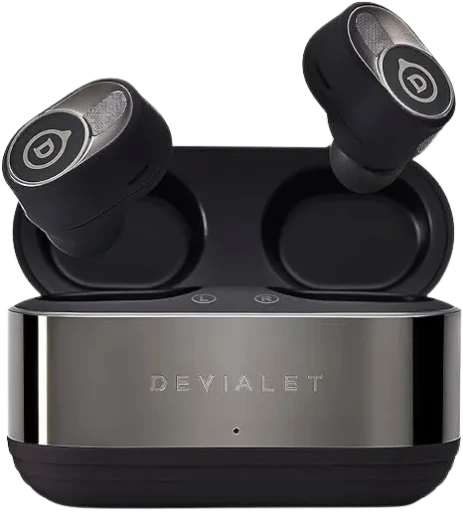 Devialet Gemini 2 Vs. Jlab Go Air Review
Devialet Gemini 2 Vs. Jlab Go Air Review
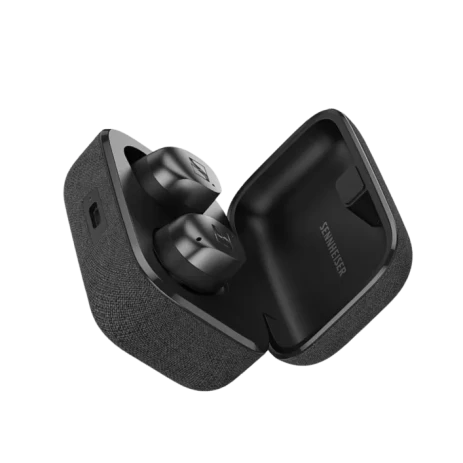 Sennheiser Momentum True Wireless 4 Vs. Jlab Go Air Review
Sennheiser Momentum True Wireless 4 Vs. Jlab Go Air Review